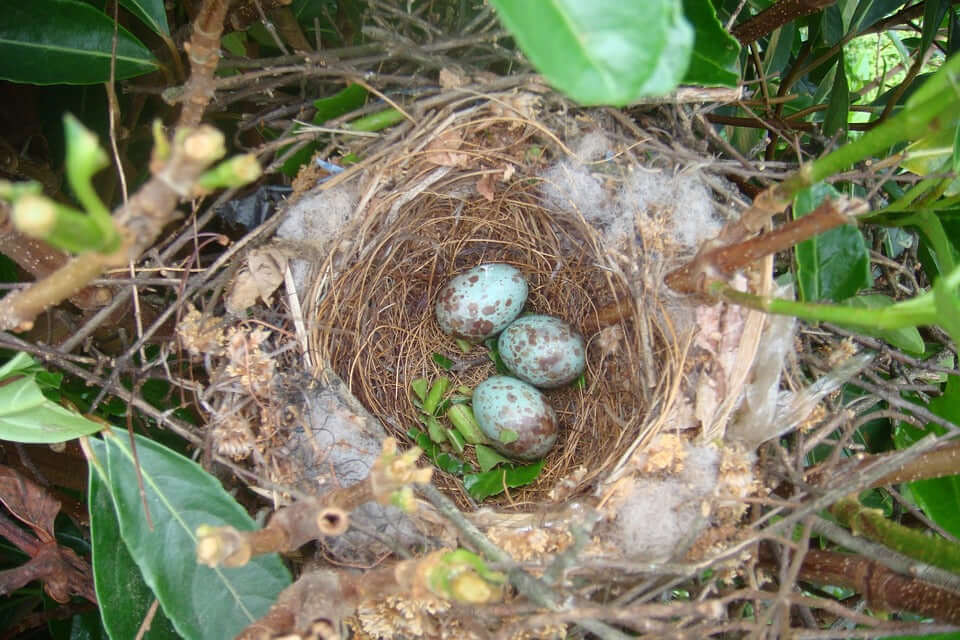
Bird Nests: Understanding the Method Behind the Madness
Share
A baby has a cot, a joey has a pouch, and a chick has a nest. These are safe spots to keep our babies from harm and different bird species have their own unique way in which they shape their homes for nesting.

Some of you may have heard of the pigeon’s nest. Less refined than that of other birds, this nest is particularly flimsy. With no inner lining and a flat structure, it is a surprise we have so many pigeons flying around! This loose construction is made from an abundance of twigs. It might not be the most beautiful nest but this home successfully carries pigeon chicks on their way to full flight.

On the opposite of the spectrum, we come to the nest of the long-tailed tit. This is the equivalent of a five-star hotel in the bird world... If you thought putting a cot together was difficult, think again! Long-tailed tits build their nests using upwards of 2,000 feathers in which they weave with lichen flakes and animal hairs to create a warm haven for their chicks. This nest has great camouflage and allows these tiny birds to stay nice and warm during the nesting season.

Our red breasted friends, robins, make their nests using leaves and moss. Similarly to long-tailed tits, they line their nests. They use hairs to do this, allowing an insulating layer for their white-cream, speckled eggs.

Interestingly, the song thrush uses a different technique. After forming their wide nest, they line their nest cup with a layer of dried mud!

Through these four species, we can see that these birds have unique ways in which they sculpt their nests. This small mix demonstrates that our flying friends each have different characteristics and personalities.
Here at Haith’s, we offer nest boxes to give our parent birds a helping hand. Take a look at our selection here: Nest Boxes
Chicks will be chirping in no time…

Written by Julianne Jessett
(Remember not to disturb any nests as this is illegal as stated in the Wildlife and Countryside Act 1981).